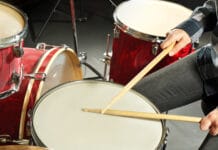It can be tough to know what to choose if you’re starting out playing an instrument in a band. Luckily, we’re here to help. In this band instruments list, we will give you a brief overview of some of the most popular band instruments.
Brass Instruments
Trumpet

The trumpet is considered one of the most ancient members of the brass family. Starting out as merely a signaling instrument for different occasions, the trumpet has had quite an interesting evolution to become a present-day musical gem.
Being the smallest member of the brass family, trumpets produces the highest pitches by buzzing your lips into its mouthpiece. The instrument features a cylindrical bore for air intake and sliding tube (or valves) to alter the note produced.
Trumpets in a marching band can either play the melody line or the harmony.
Bugle
One of the most straightforward instruments in the brass family, the bulge is the simplest to handle and play. It features no slides or valves for pitch alteration. Instead, you have to rely solely on your embouchure to change the pitch accordingly.
The structure of the bulge is simply a metal tubing detailing a cup mouthpiece on one end and a bell on the other end. Thanks to its simple design, the bulge comes with only five notes. Its earliest version was made from animal horns and was commonly associated with the military.
Piccolo Trumpet
The piccolo trumpet is the tiniest member of the trumpet family. Its length is half that of a typical trumpet but features a higher register range. That means its pitch is one octave higher than that of the standard Bb range. Thus, it ranges from D4 to G6 in high Bb.
Even so, that doesn’t mean the piccolo trumpet extends the range upwards, rather, it only makes your work easier when playing in the high register. That said, while some piccolo trumpets come with three valves, four is the accepted standard.
Cornet
The cornet is closely related to the trumpet because they play similar notes and almost produce the same sound. However, in appearance, the trumpet is slenderer and longer than the cornet. In terms of the tubing or bore, the cornet is more conical and hence produces a mellower sound.
That said, the cornet can be classified as an Eb cornet and a Bb cornet based on their pitches. Typically, an Eb cornet (soprano voice) is popular in brass bands and produces a higher sound than the Bb cornet. Thus, the Bb cornet is popular with solo work in both brass bands and wind bands.
Flugelhorn
The flugelhorn originated in Europe and boasts strong ties with the military. From ancient history, this famous cousin of the trumpet and cornet has continued to grow in popularity. Today, it is commonly found in jazz circles as an auxiliary instrument.
It comes with a more distinct conical bore compared to the trumpet and hence producing a mellower sound. The flugelhorn also features three piston valves whose fingering system matches that of the trumpet. It rose in prominence in the early 1900s.
French Horn/Tenor Horn
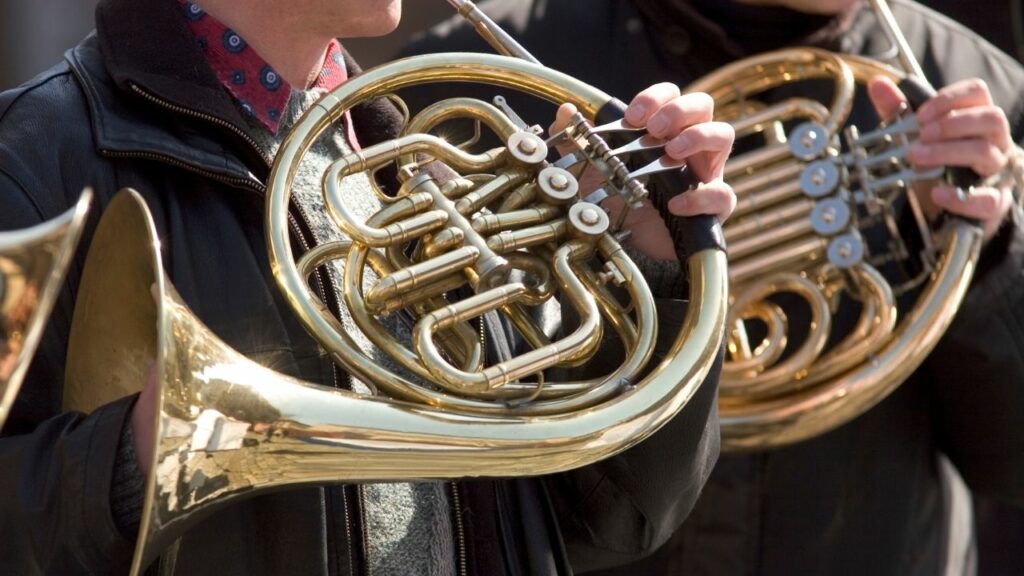
Next on the brass instruments list after the diverse trumpet family is the French horn or what is sometimes referred to as the tenor horn. In the musical circle, you may also encounter the term, “alto horn”. The truth is that both alto horn and tenor horn mean the same thing. It’s just that the latter is an English term, while the former is an American term.
That said, the French horn is an actual horn that dates back to the 16 century inspired by French and German hunting horns at the time. It is among the high-sounding instruments in the brass family characterized by a circular tubing terminating as a large bell.
Trombone
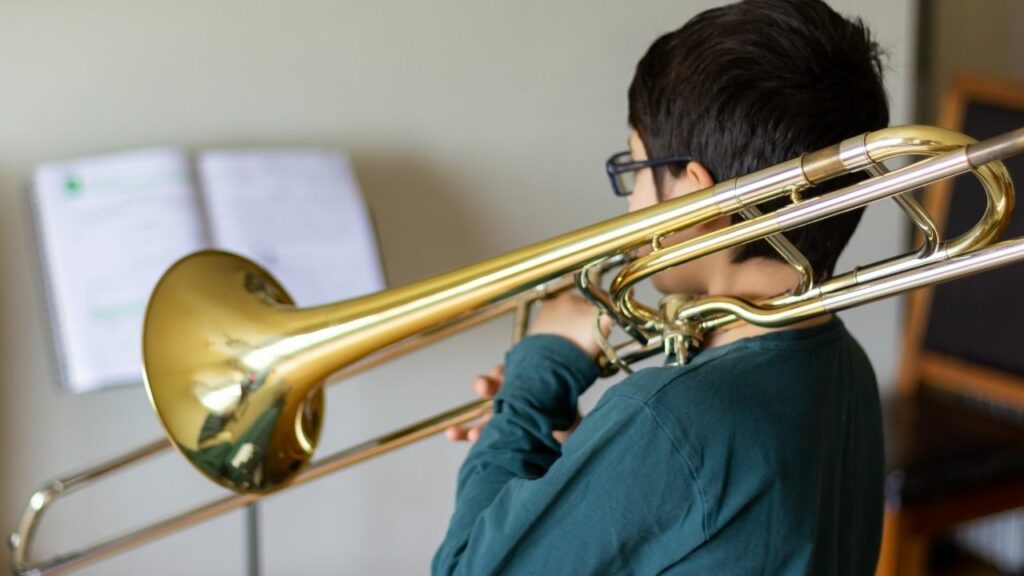
Rather than a conical bore, the trombone features a distinctive cylindrical bore that terminates into a flared bell. Another unique feature of the trombone is its use of a slide as opposed to valves or keys to alter the pitch. Thanks to the interconnection of long, slender brass pipes, sliding is possible to adjust the length of the instrument accordingly.
In terms of inception, the trombone was birthed in the mid-1500s and was originally called the “sackbut” (English) or “saqueboute” (French).
Tenor Trombone
The trombone family comprises several members (mostly varying by size), key among them being the tenor trombone. It is the most popular of the trombone family and comes pitched in Bb. Moreover, the tenor trombone can further be classified as one with an F attachment and one without. Generally, the F attachment helps in altering slide positions on certain notes while providing a few lower notes.
Another distinction of the tenor trombone is that those with a single valve generally come with a larger bore than those without a valve.
Bass Trombone
A close sibling of the tenor trombone, the bass trombone is also quite popular in modern orchestras. Just like its counterpart, it is pitched in Bb except it comes with two rotary valves. Thus, the name “bass” doesn’t have to sound confusing if you get this difference. Essentially, the two valves help the bass trombone to play lower than its brother.
In terms of size, the bass trombone boasts a larger bore, bigger mouthpiece, and bigger bell. Thanks to the wider bore, bass trombones make it easier to play low tones. Their big bells also mean they produce mellower tones than tenor trombones.
Tuba
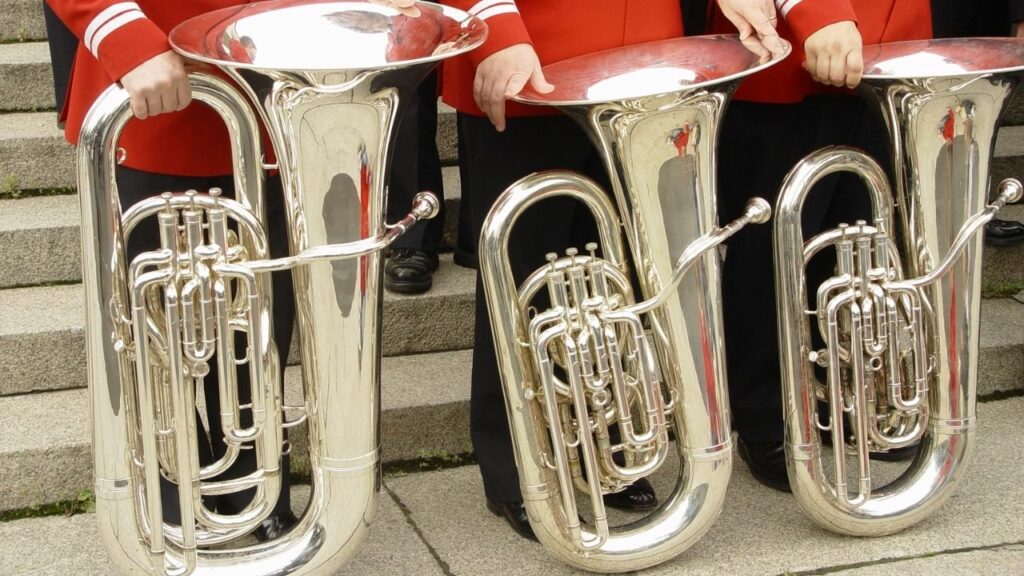
The tuba is not only the largest but also the lowest-pitched member of the brass family. Thanks to its enormous size, it easily stands out from its peers. It is crafted as a long brass tube with an oblong shape and terminates into a super large bell. It may have up to 6 valves.
Generally, tubas vary in length, and the longer the tuba, the lower the sound and vice versa. Further, an orchestra usually features a single tuba played while seated and placed on the lap.
Sousaphone Tuba
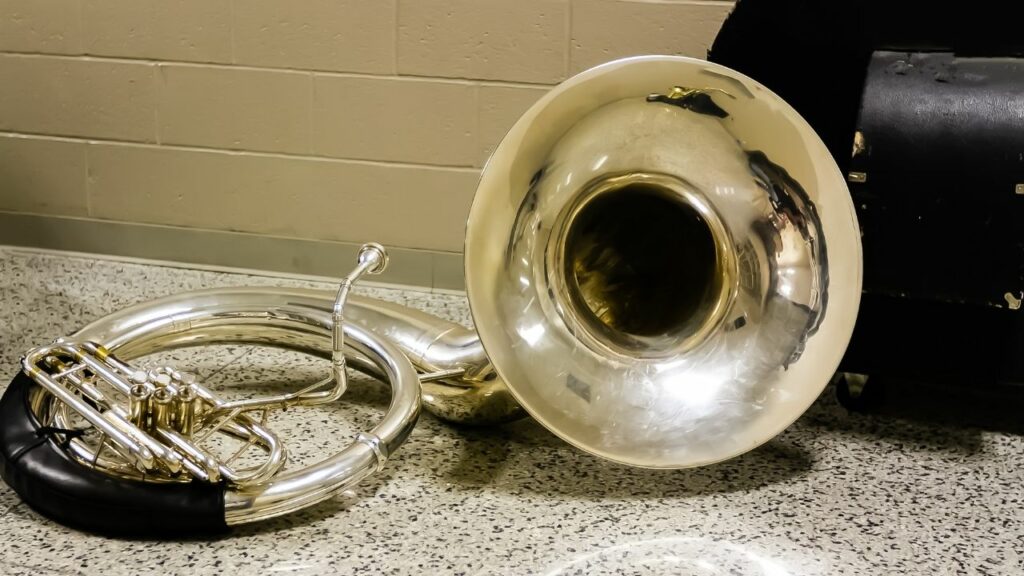
Also common in the brass section of a marching band is the sousaphone. It is a close companion to the tuba. However, while similar in range to the tuba, the sousaphone is specially designed for ease of use while marching or standing. Thus, the main difference between the two siblings lies primarily in their shape.
Although they have a similar tube length, the sousaphone boasts a unique circular shape that easily wraps around your body for easier carriage as you play. That means when used in a band setup, the sound of a sousaphone resonates over the players’ heads because its giant flared bell faces upwards.
Baritone Horns
Sometimes referred to as a mini tuba, the baritone horn or just baritone is a proud invention of the saxophone inventor. It came into being in the late 1700s and initially produced sound by striking glass rods. From there, it evolved as a member of the tuba family boasting a higher note range.
It features a sizeable tubing and three valves, and terminates into either a straight or curved bell. You can adjust the instrument’s pitch by altering the opening between your lips because the pitch depends on the volume of the vibrating air. Generally, shorter tubes produce higher sounds than longer ones.
Mellophone
The Mellophone is one unique member of the brass family specially designed for modern marching applications. In other words, it is optimized for outdoor musicality, projection, and playability. It features two or three keys and is mostly used in place of French horns because its sound dissipates faster outdoors.
In terms of appearance, the Mellophone features a bore with a distinct funnel shape and a tuning slide that functions just like the trumpet and other valve instruments. Because of its outdoor demeanor, the Mellophone is rarely used in performances.
Euphonium

The euphonium is a medium-sized member of the brass family characterized by a conical bore and three or four valves. It resembles a tiny tuba and plays one octave lower than the trumpet. What makes the euphonium stand out is its compensating mechanism or system that was developed in the 19th century.
The system essentially works by regulating the instrument’s intonation when the valves are pressed. It also simplifies the fingering process. The euphonium is a popular instrument in brass and military bands thanks to its unique middle voice sitting between a trumpet and a tuba.
Percussion Instruments
Xylophone
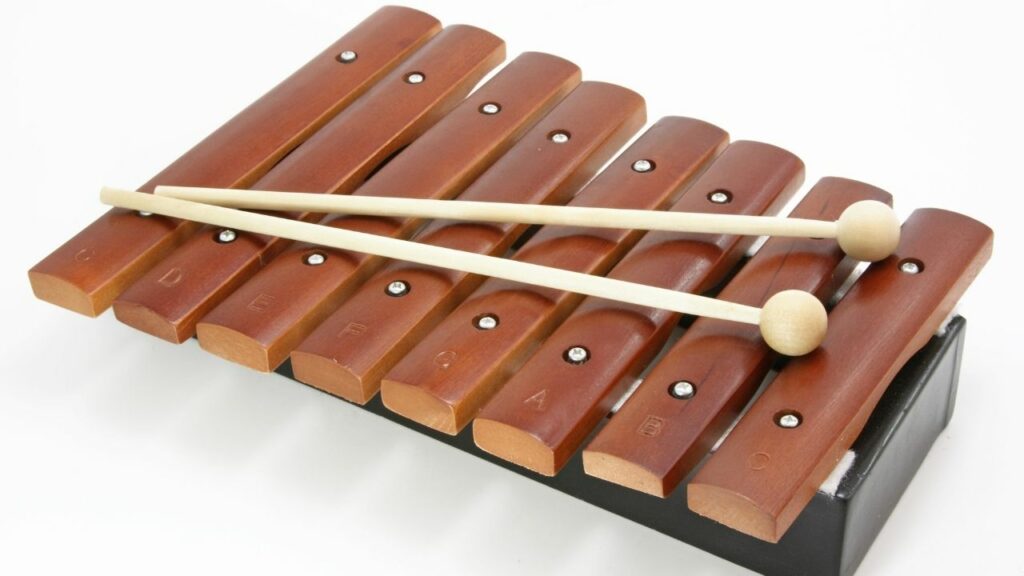
It feature resonators beneath each wooden bar. So, when you hit this instrument with a mallet, it emits a bright bell-like sound. This idiophone instrument typically includes more than three octaves. If you use different mallets, you can alter the quality of the pitch it produces.
Fun info: A metal version of a xylophone is called a Glockenspiel. Instead of wood, it comes with metal bars.
Bass Drum
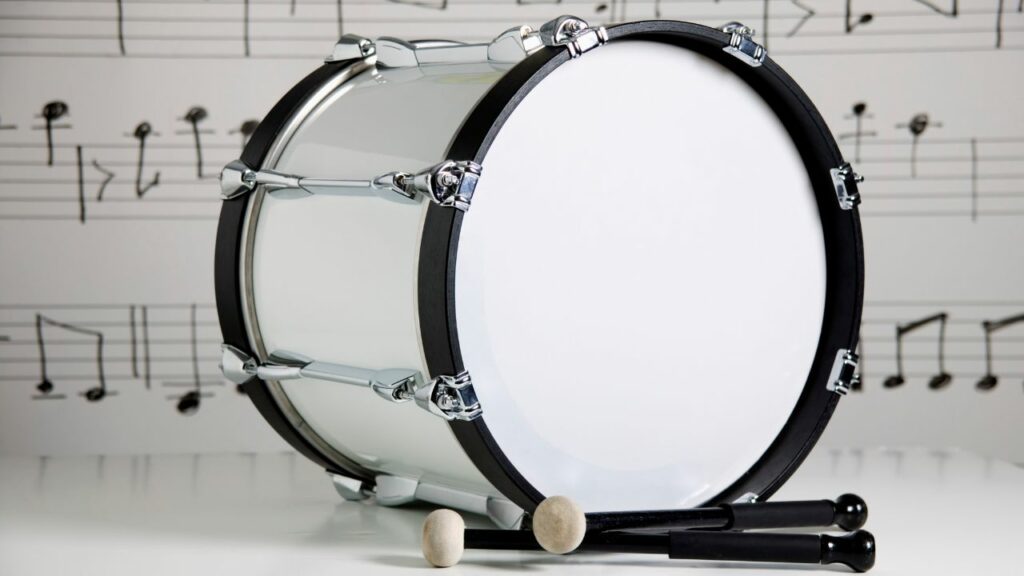
Also called “kick drums,” bass drums are another one that you’ll find on many membranophone instruments lists. While not as recognizable as, say, snare drums, they’re still part of your standard five-piece drum set.
Snare Drum
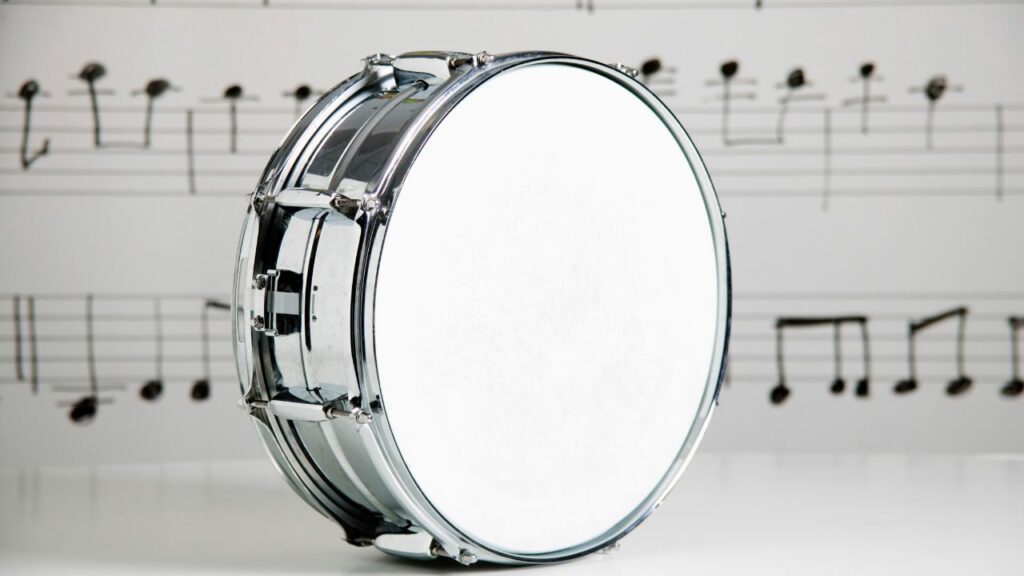
You’ll find snare drums on most membranophone instruments lists. They’re the most widely recognized drums in both appearance and sound, and they’re ubiquitous in rock bands, orchestras, drum lines, and more. In a marching band, the snare drum is typically responsible for drum rolls.
Cymbals
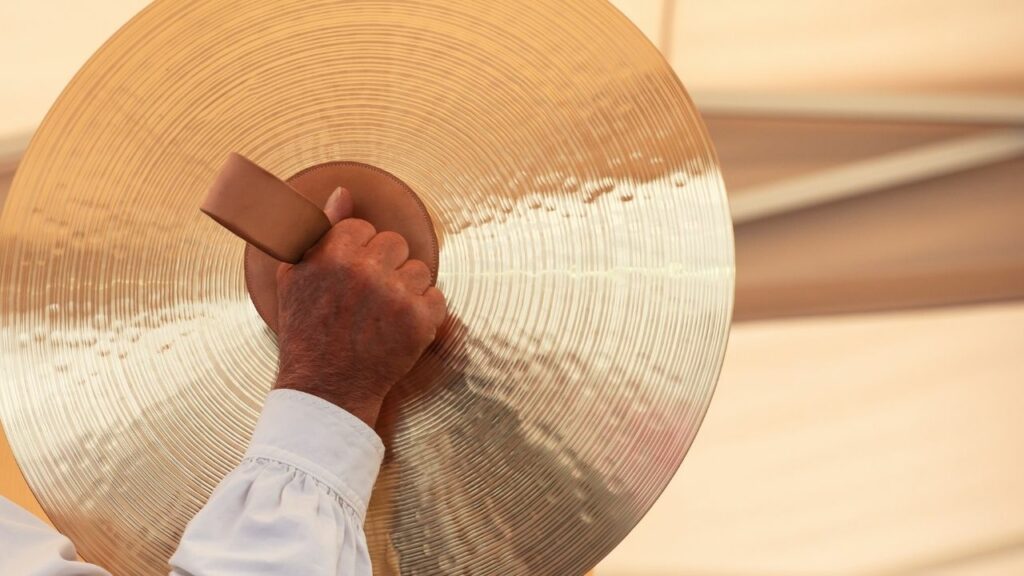
A cymbal may take the form of a single hollow round plate of metal or two metal plates coupled so that the hollows meet. It may also attach to a rod and function as a part of a drum kit, such as rock and country band use.
Wood Block
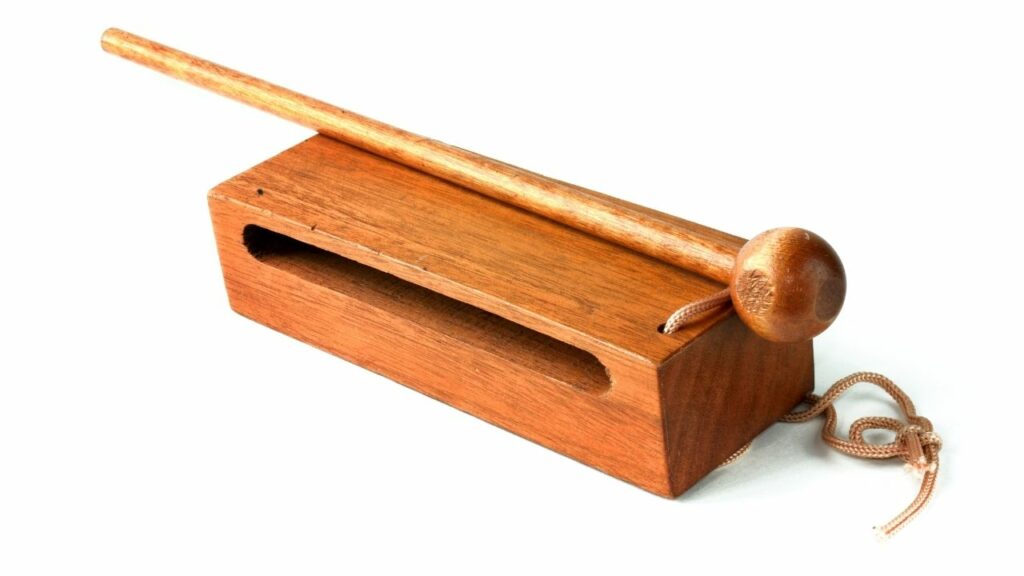
Wood block, as its name suggests, is an instrument featuring a block of wood. This common aboriginal instrument features a slit in its center and can produce sound when you hit with a mallet. This idiophone instrument is common heard in Dixieland music.
Woodwind Instruments
Flutes
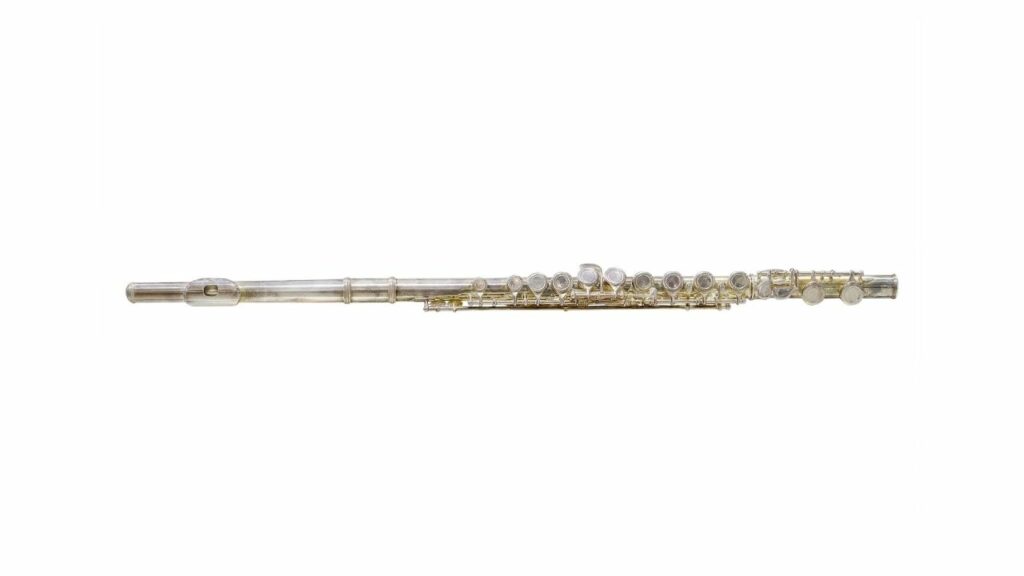
Flutes are among the oldest musical instruments, with roots pointing back to the Paleolithic period. The flutes of this age were initially made out of animal bones but later transitioned into an enhanced version in the 16th century.
Piccolo
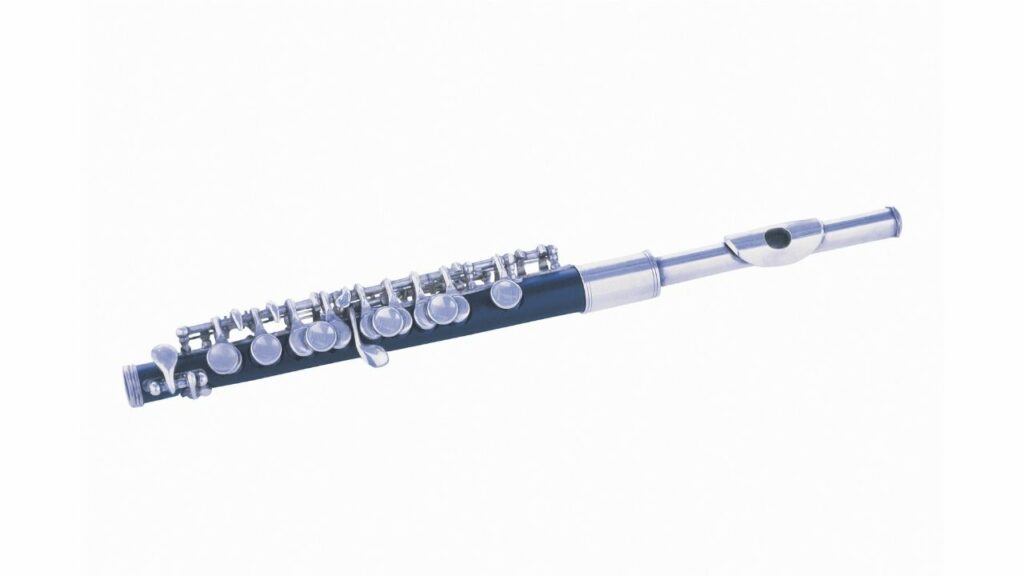
The piccolo is one of the tiniest members of the woodwind family, measuring only half the size of a typical flute. Thanks to the small size, the piccolo produces higher notes that add uniqueness to classical music.
Saxophone
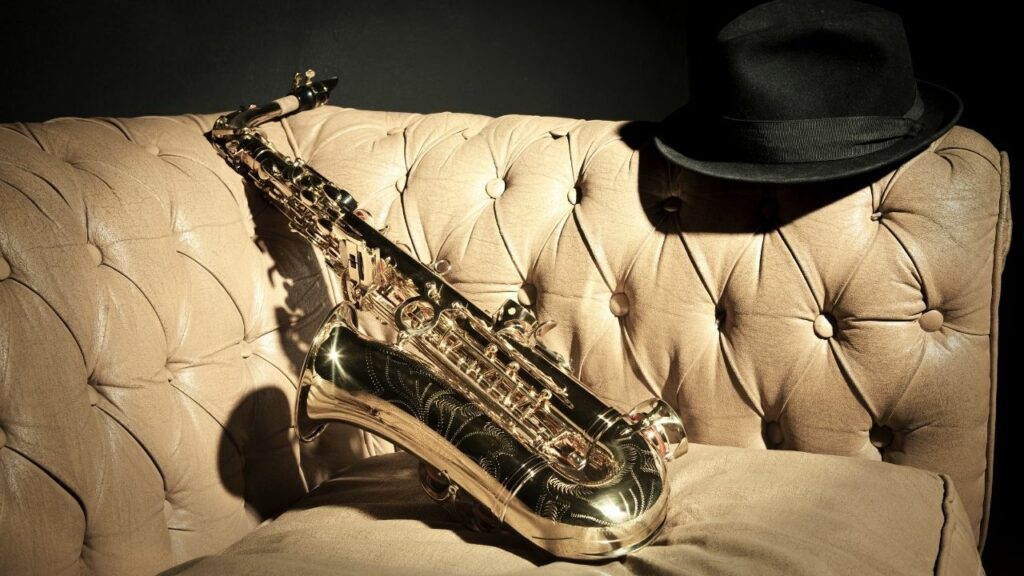
Invented by Adolphe Sax in the 1800s, the saxophone has risen in popularity to become a widely used wind instrument in modern orchestras and jazz bands. Saxophones are divided into three – alto saxophone, tenor saxophone, and baritone saxophone.
Clarinet
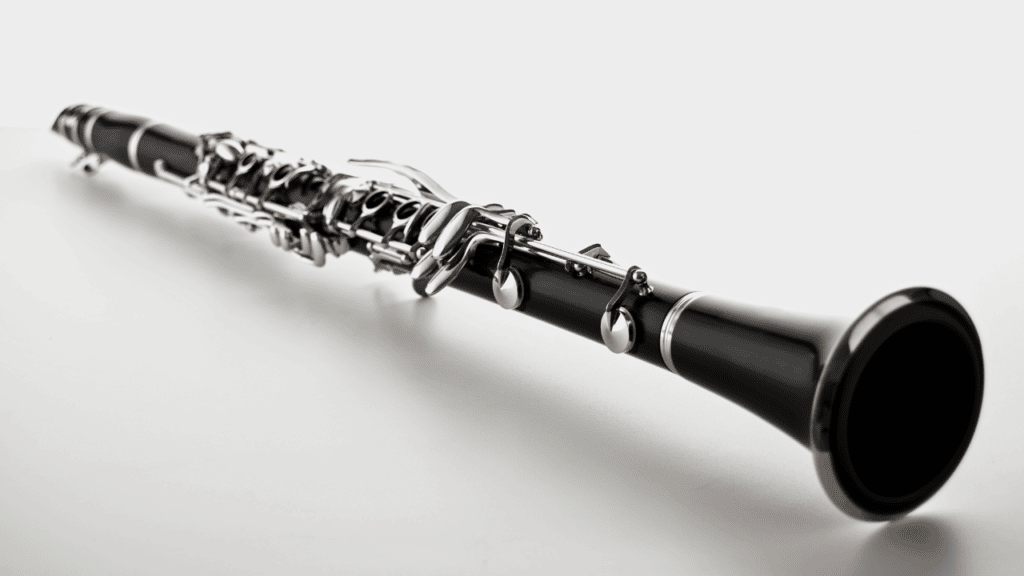
Also a part of the band instruments list is the bass clarinet. This instrument is seen as an integral part of any marching band due to to its wide range of sound it produces. Just like other woodwinds, the clarinet uses a ligature.
Concluion
If you’re looking to join a concert band, it’s essential to choose an instrument that you’re comfortable with. There are many different band instruments, each with its unique sound. And, we hope this band instrument list is of great help.
So, take some time to try different instruments and see which is right for you. With a bit of practice, you’ll be playing your favorite tunes in no time.
Table of Contents



